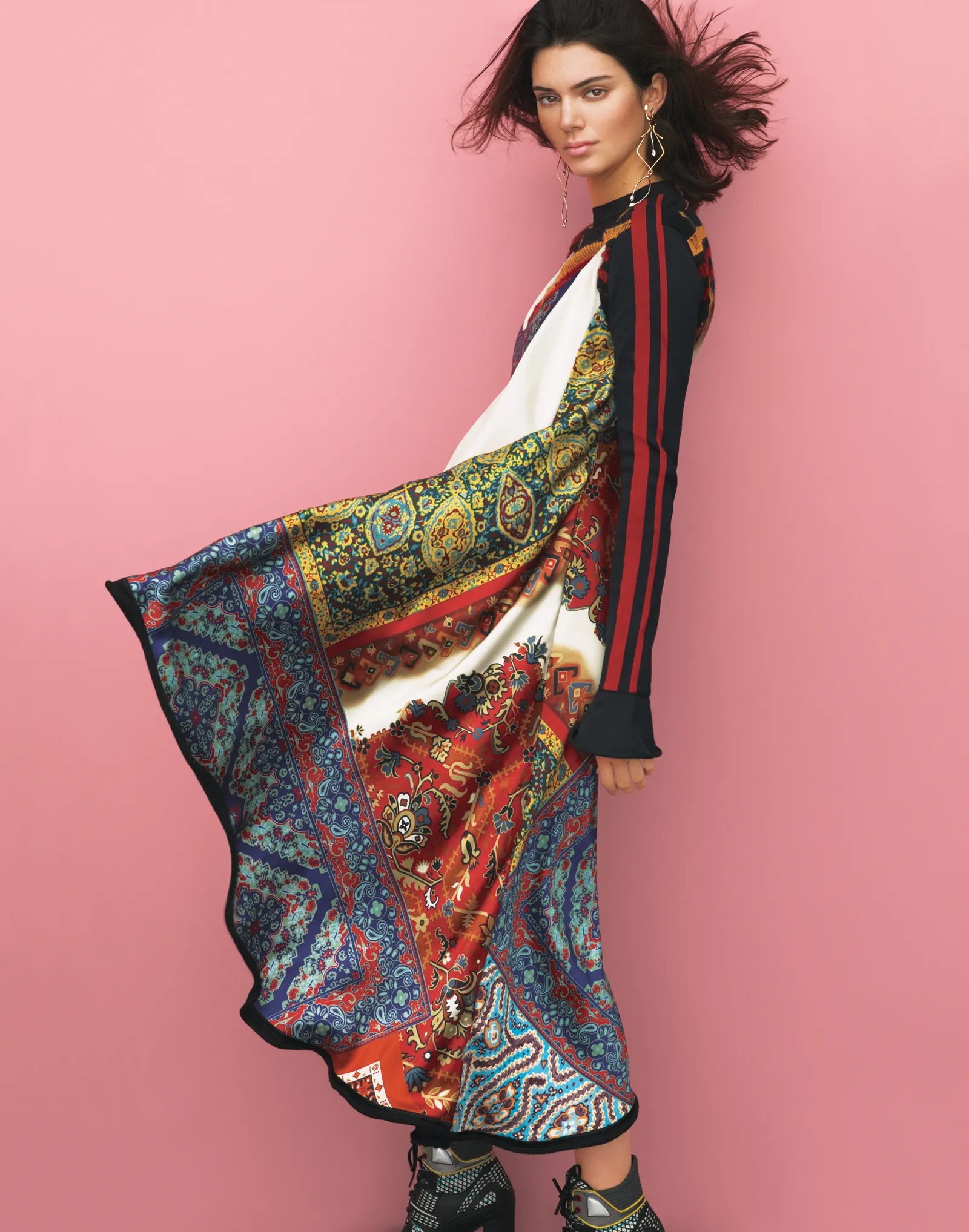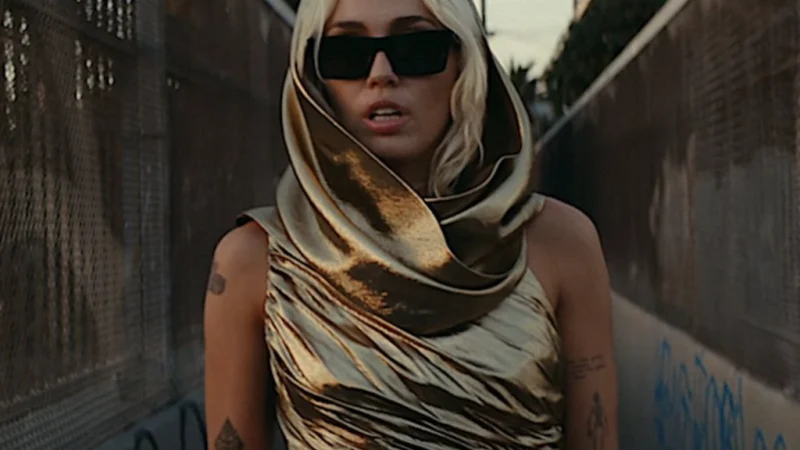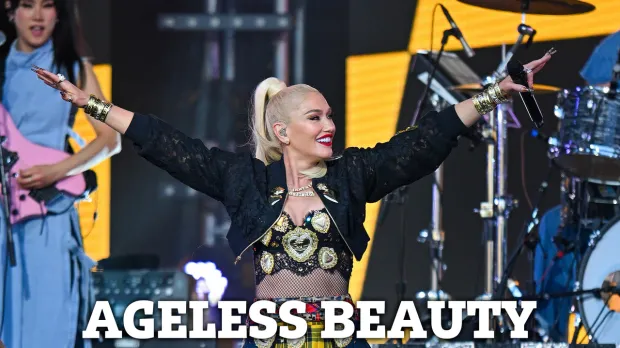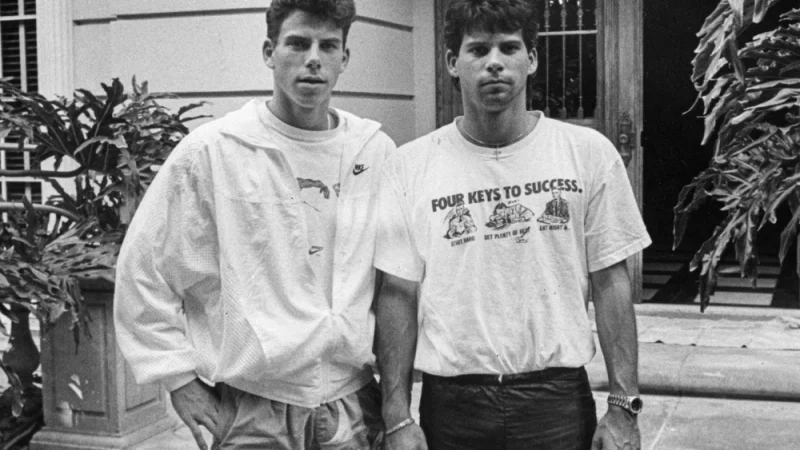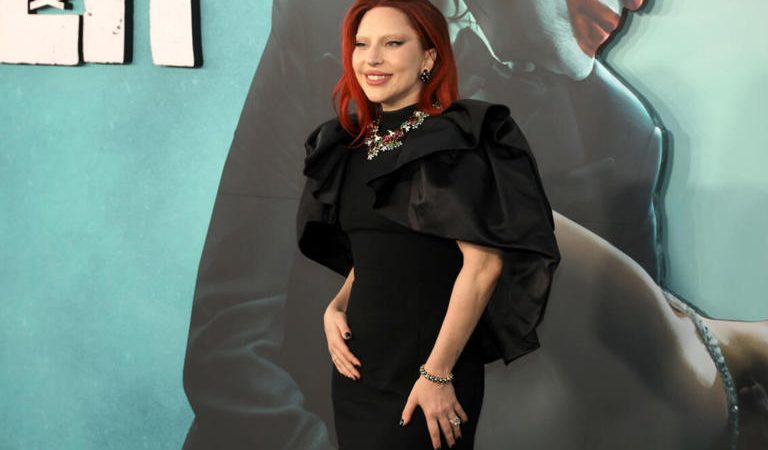How Kendall Jenner Became the Breakout Model of Her Generation
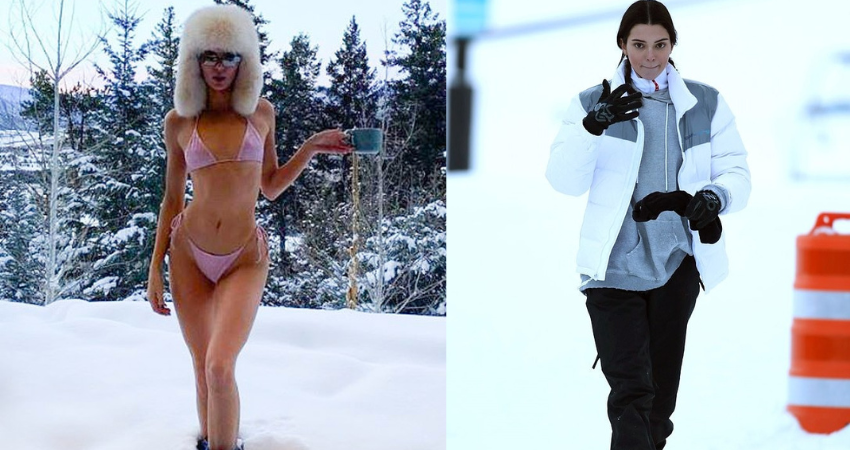
On a Tuesday morning in June I meet Kendall Jenner in the lobby of her high-rise in Westwood, that weird part of L.A. that seems to want to be part of a different city, like Dallas or Atlanta. The neighborhood is sandwiched between Beverly Hills and Brentwood, and for most of the Angelenos I know, it is just a dreary canyon of ugly condominiums that one must drive through to get to the groovier shores of Venice or Malibu. Kendall, who grew up in the Valley, bought a two-bedroom condo here for $1.4 million with her own money when she turned eighteen, partly as a way to announce her independence from the Kardashians of Calabasas—and her building looks nothing like the monstrosities nearby. Indeed, from a distance it tricks the eye: Deco? Beaux-Arts? When Kendall appears in the lobby—wearing skintight black jeans, a studded black belt, a teeny-tiny spaghetti-strap top that looks like a bathing suit, and white sneakers, with a furry little purse tucked under her arm—I inquire about the building’s provenance. Is it old? I ask, still puzzled. “It is!” she says. “It was built in the eighties!”
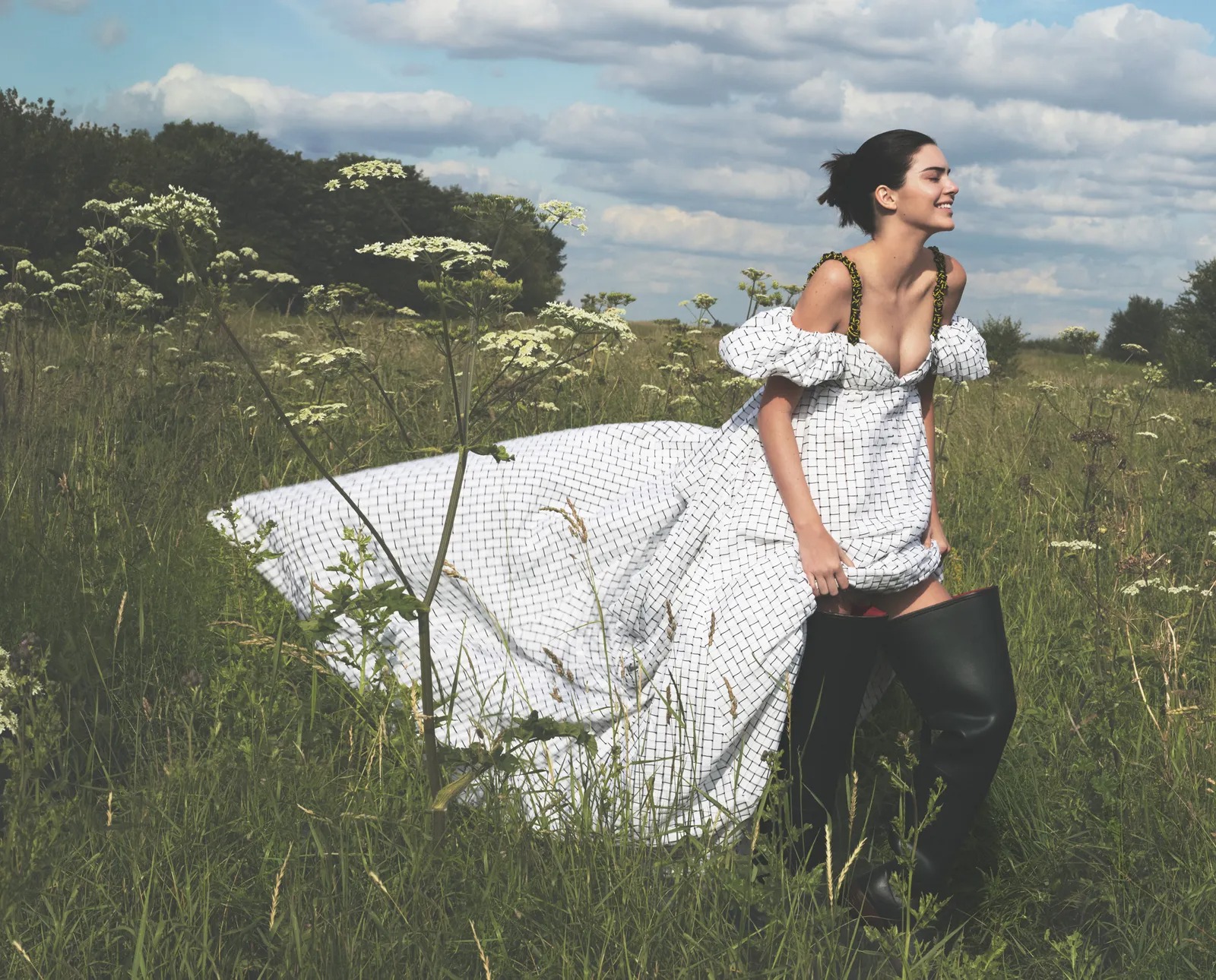
Kendall Nicole Jenner was born in 1995, one month to the day after the O. J. Simpson verdict was announced (Kendall’s mother, Kris, was the best friend of Simpson’s murdered wife, Nicole—hence Kendall’s middle name—while Kris’s ex-husband, Robert Kardashian, famously defended Simpson). The round-the-clock cable-news circus and paparazzi culture that we now wearily take for granted had just begun to change the way we process the events of the world—essentially, in mind-numbing detail. That August, the Internet suddenly appeared in millions of living rooms for the first time when the Web browser Internet Explorer came bundled with Windows 95. Kendall was just two when The Truman Show landed in theaters like a prophecy from the gods: the story of a boy who unwittingly grows up as the star of a reality show, his every move documented by cameras, broadcast live 24 hours a day across the globe. All of which is to say that Kendall grew up utterly and completely a child of the modern digital-reality-celebrity-besotted culture we now live in. For all intents and purposes, she is child zero, born smack dab on the fault line of a tectonic paradigm shift and raised in the belly of this strange new beast, experiencing nearly nothing of the world that came before.
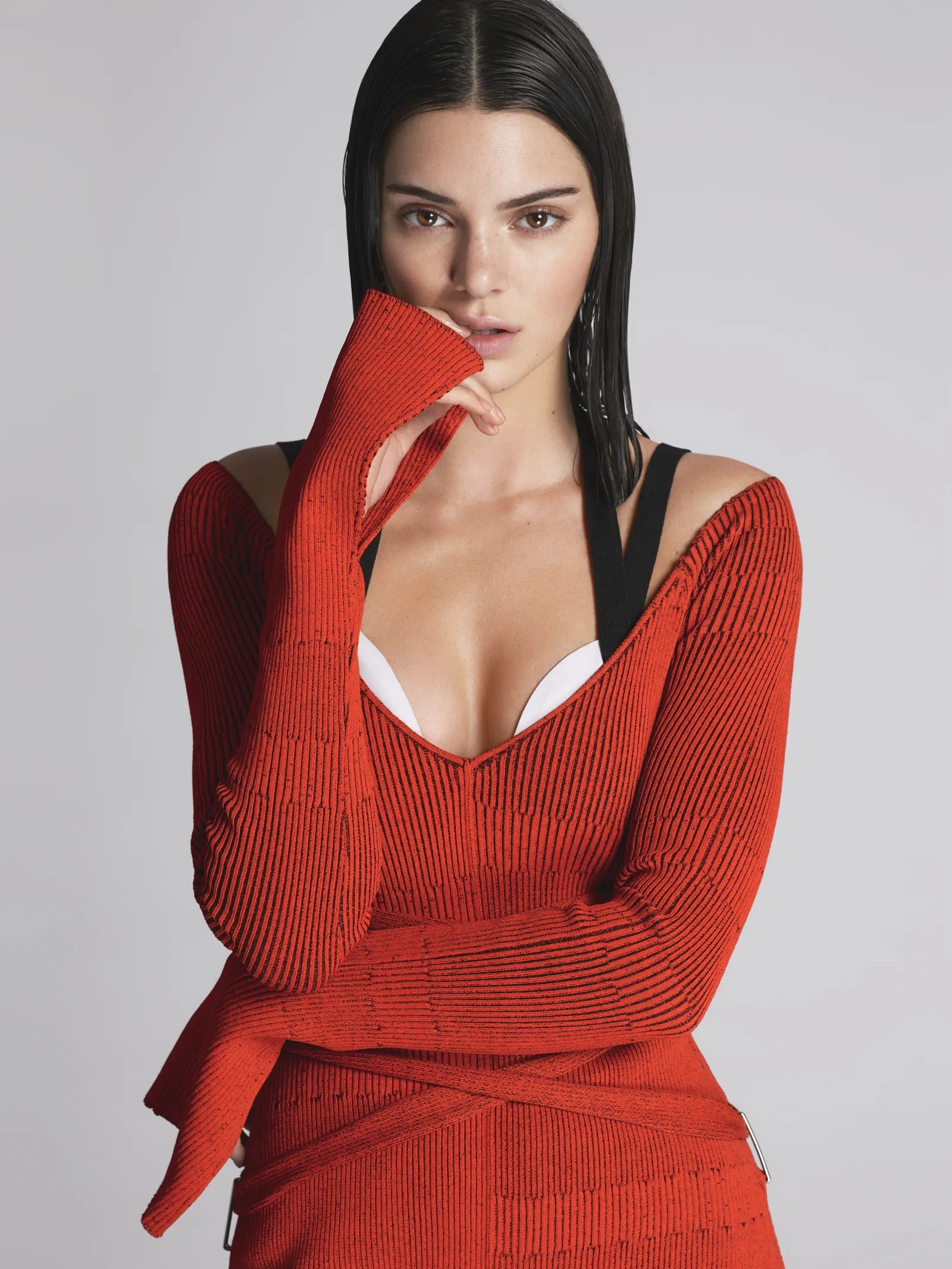
Kendall Jenner gets a big Kardashian family surprise to celebrate her Vogue cover:
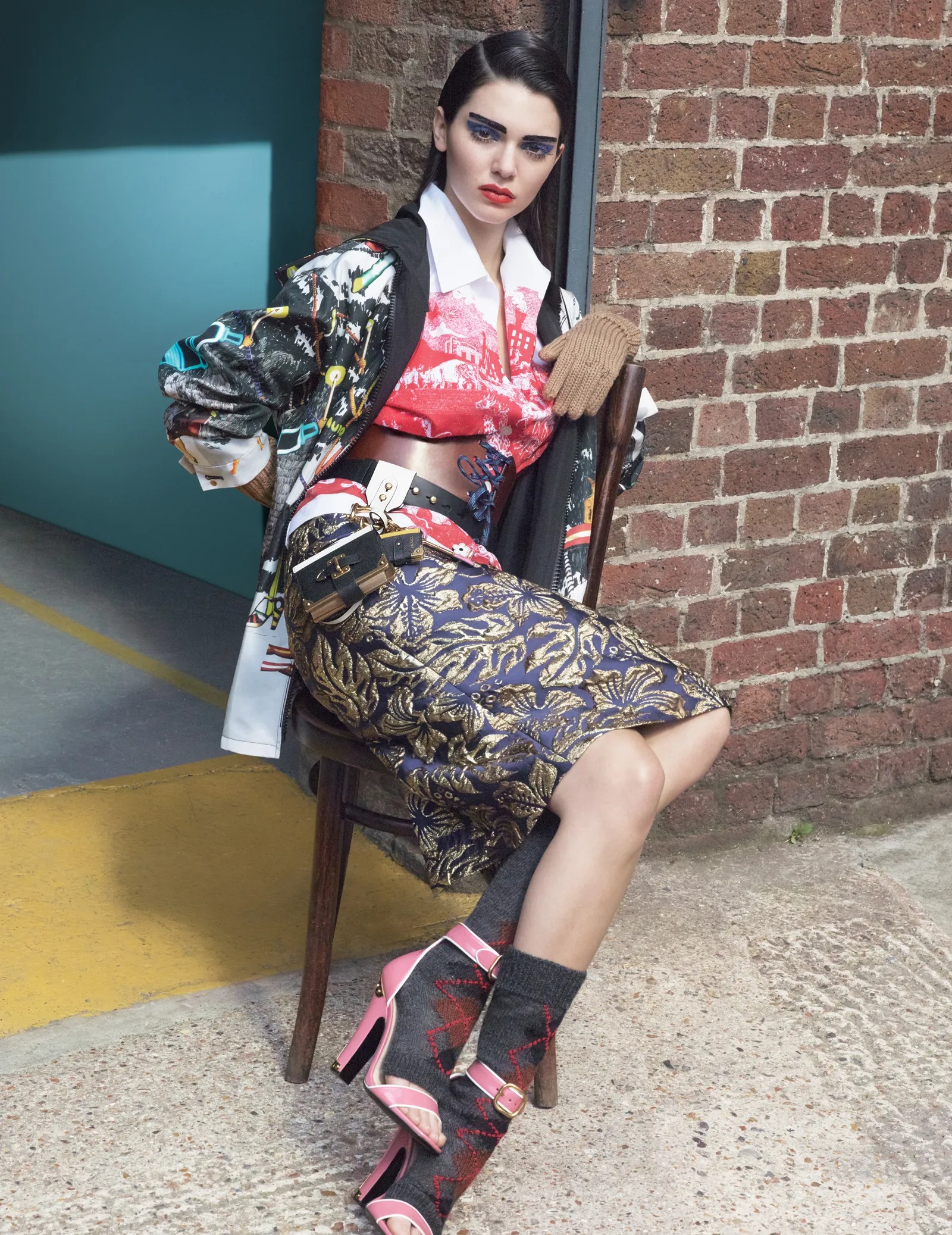
Perhaps that’s why she drives a 1957 Corvette Stingray. We head downstairs from her lobby to the parking garage beneath her building, and there she is: a pristine, robin’s-egg-blue convertible that reportedly cost a hundred grand. (When Kendall decided on vintage, her father took her to the hangar in Burbank where Jay Leno keeps his car collection so she could window-shop.) We slide into the creamy white leather bucket seats. “The engine has been restored,” she says, “and it’s been repainted, but in the original color. Everything is how it was.” How it was in 1957: no seat belts; one rearview mirror the size of a lady’s compact; an AM radio; an engine that burns through a tank of gas on a trip to the grocery store. But it sure is pretty—and fun to drive!
